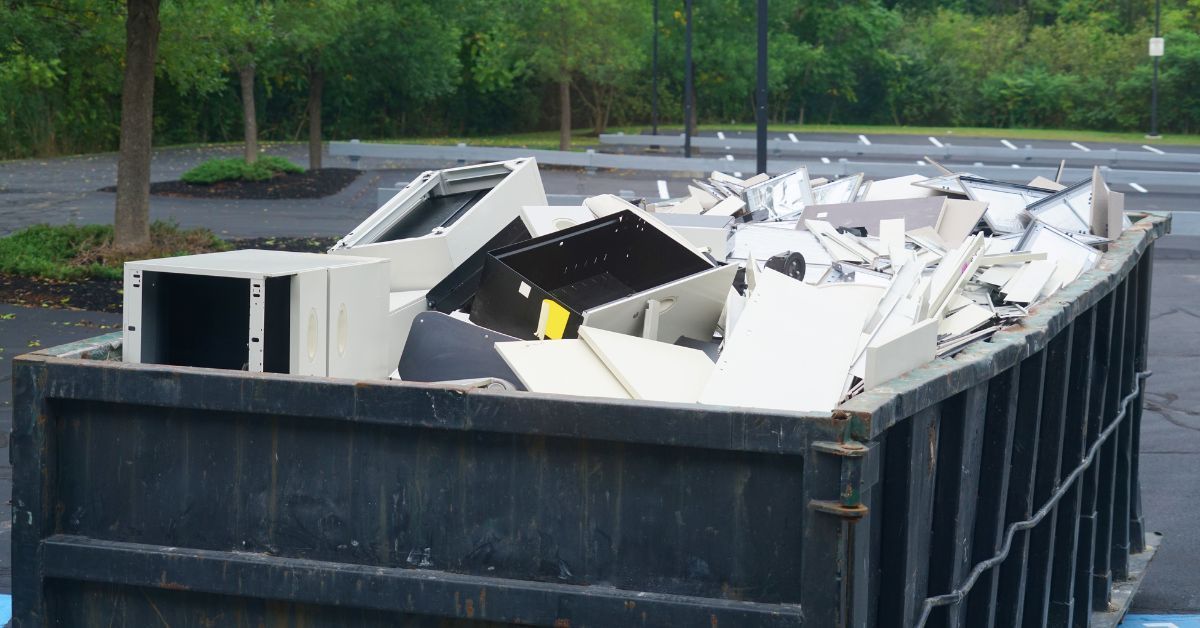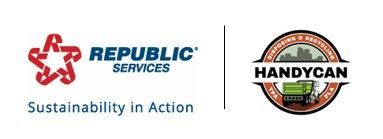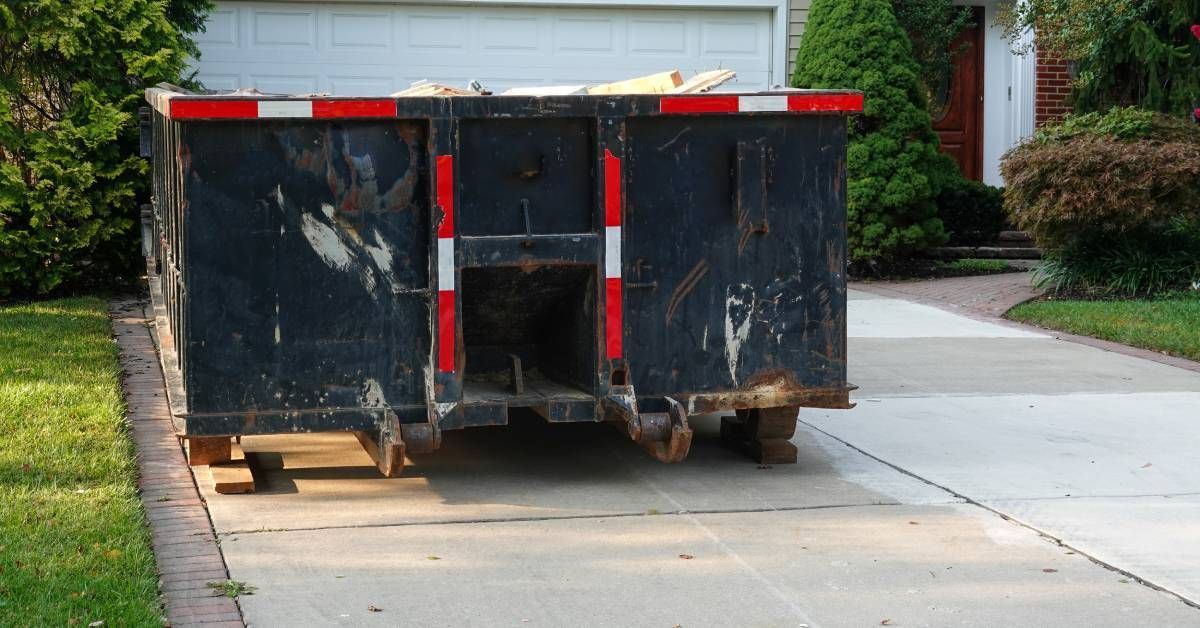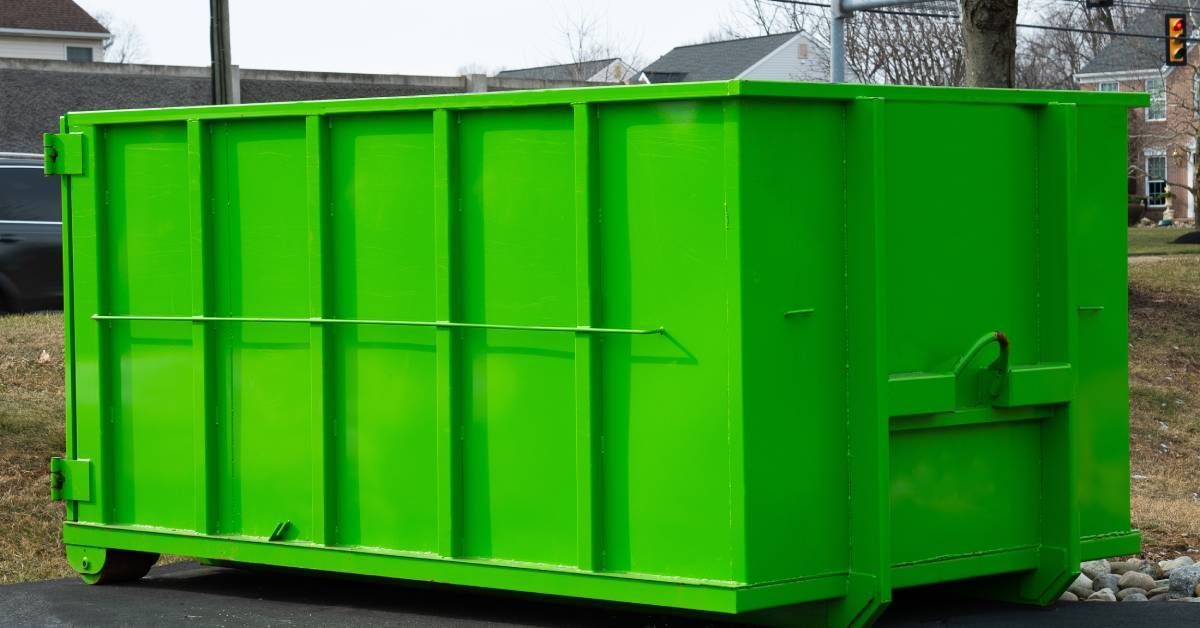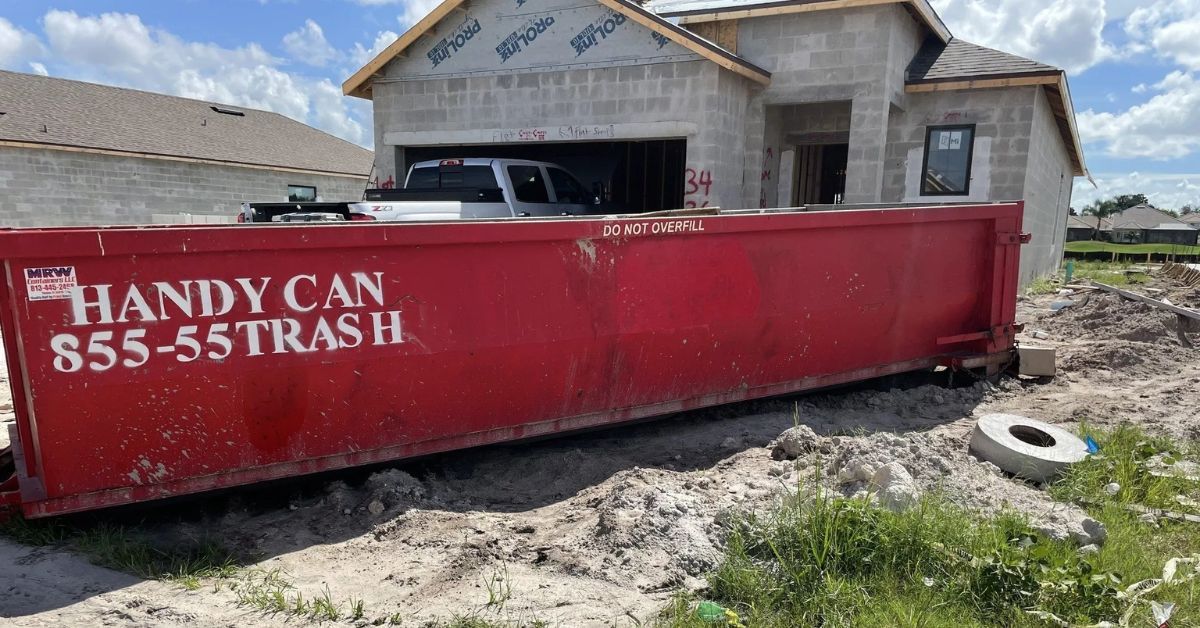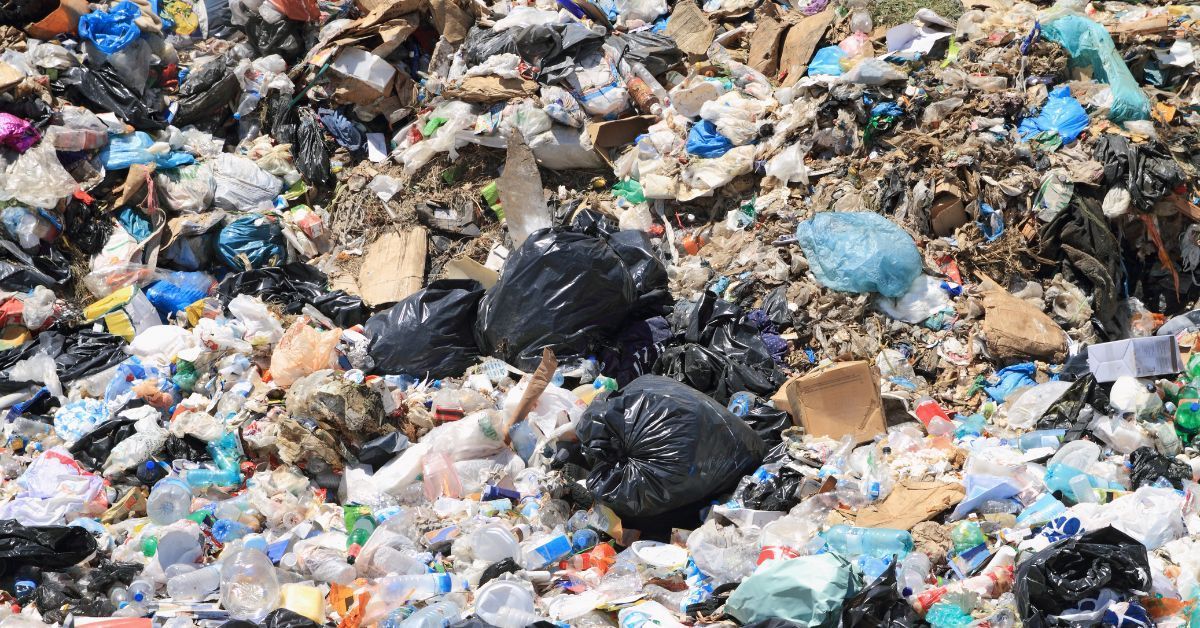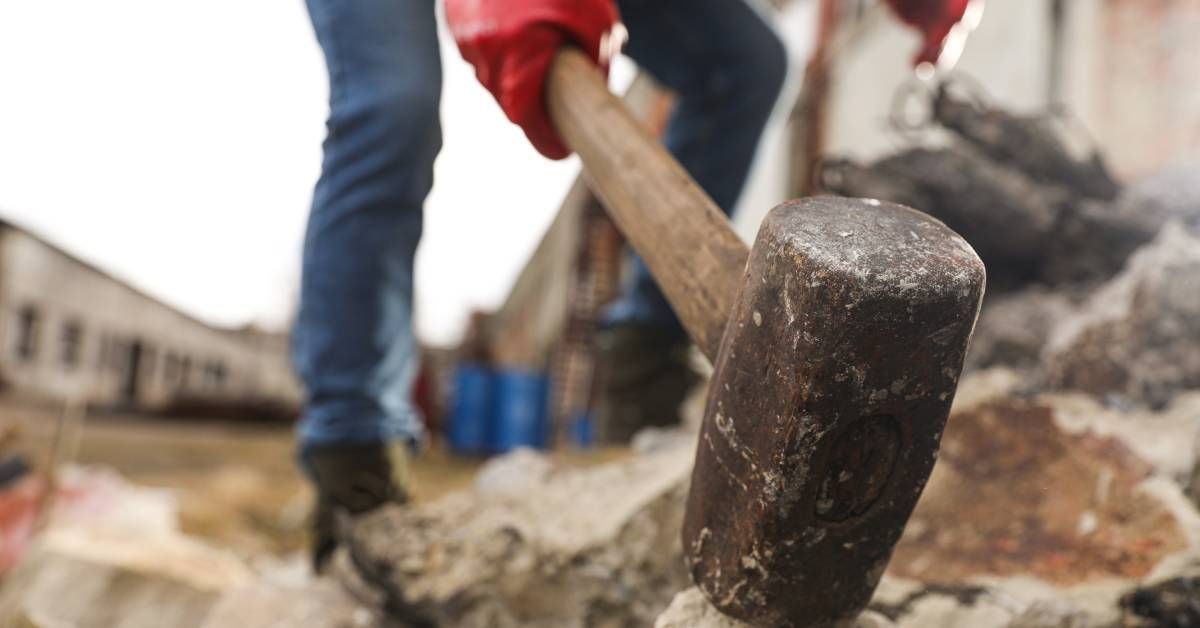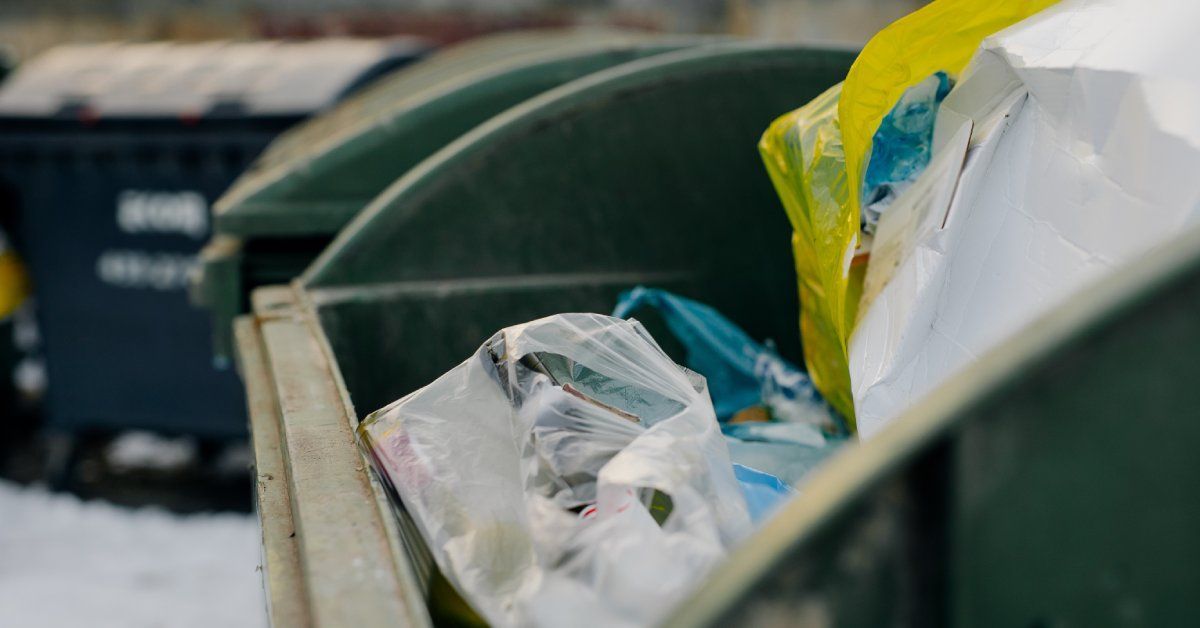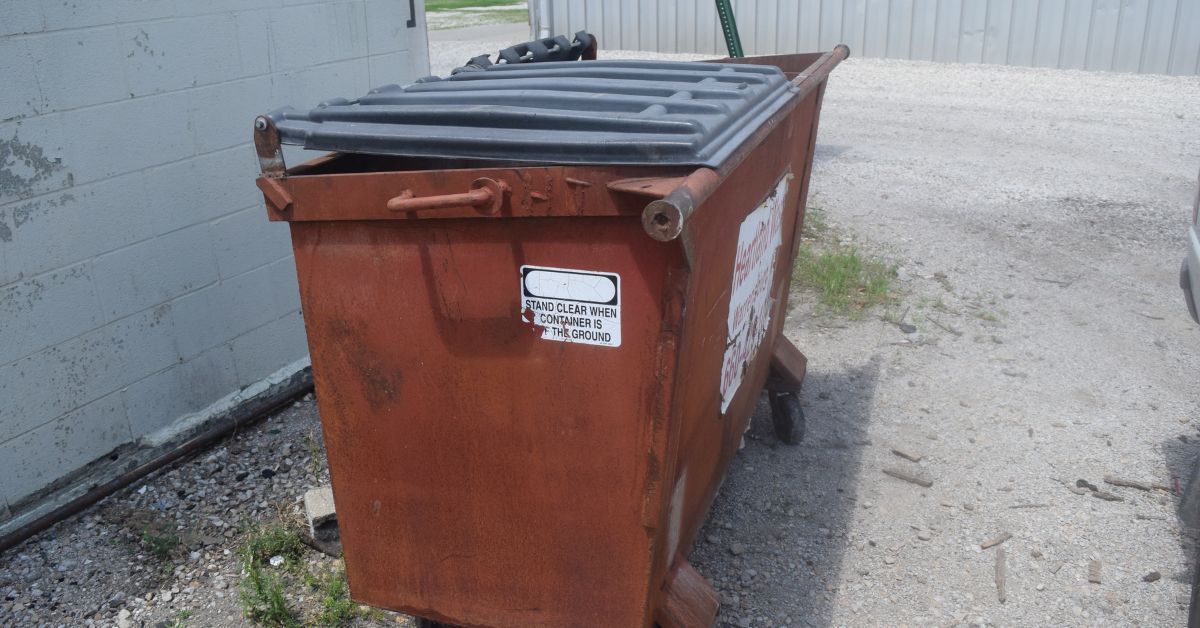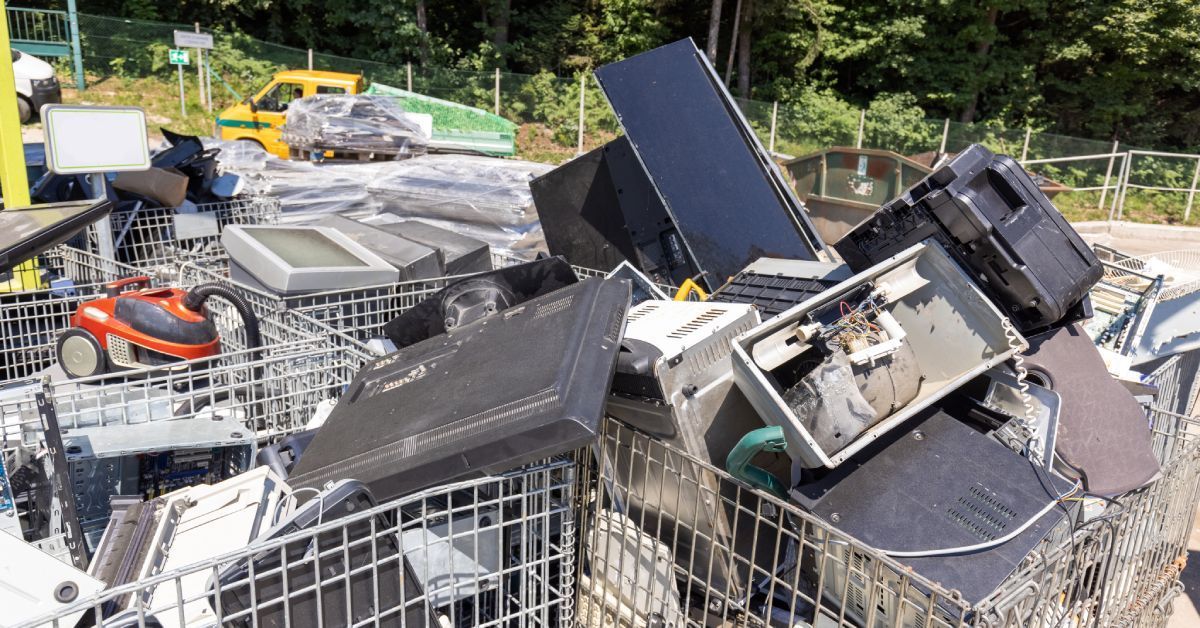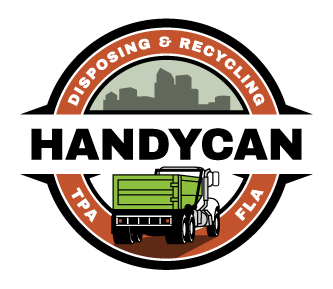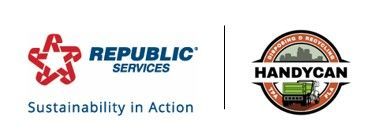Where Is the Best Place To Put a Commercial Dumpster?
Effective waste management is vital for countless businesses. Whether it’s daily waste from business operations or debris from construction projects, handling waste is crucial for keeping a building or work site clean and free of hazards. One of the most significant aspects of waste management is the placement of commercial dumpsters. Selecting the best location can optimize operations, ensure regulatory compliance, and promote environmental responsibility.
Understanding Your Needs
When choosing a dumpster location, you should consider several factors.
Volume
The amount of waste generated will influence the size and frequency of dumpster pickups. Ensure that the chosen spot can accommodate the volume and trash pickups without overflow issues.
Access
Easy access to the waste container is essential for users and waste removal services. Consider the following elements:
- To minimize transport distance, place the dumpster close to the areas generating the most waste.
- Create clear, unobstructed pathways for easy maneuverability.
- Waste collection trucks need space to approach and lift the dumpster. Avoid placing it in areas with tight corners or low overheads.
Local Regulations
Compliance with local regulations is a must. Here are some aspects to review:
- Ensure the chosen location adheres to zoning laws and permits.
- Follow local guidelines for sanitation and safety.
- Be aware of laws regarding proximity to water sources and other environmentally sensitive areas.
Tips for Putting Dumpsters on Construction Sites
Dumpster placement on construction sites is critical for productivity and safety. Here are some best practices for commercial dumpster placement.
Centralized Location
Position the commercial dumpster rental centrally to minimize the distance workers have to carry debris and enhance site safety.
Clear Pathways
Keep pathways to the waste container clear of obstacles, construction materials, and equipment. This allows team members to walk freely to and from the dumpster.
Sturdy Ground
Place dumpsters on stable, level ground to prevent tipping or movement. Also, avoid soft or uneven surfaces that may not support the weight of the waste container.
Proximity to Activities
Align dumpster placement with activity levels. For example, if demolition is happening on one side of the site, place the dumpster nearby to facilitate waste removal.
Safety Measures
Set up fencing or barriers around the waste container to prevent accidents. Ensure that the barriers do not obstruct emergency exits or routes.
Knowledgeable Drivers
At Handy Can, our drivers understand where to place the dumpster. They can provide information to help you find the best spot for your job site, so lean into the driver’s knowledge to make an informed decision.
Environmental Impact
Dumpster placement can have significant environmental implications. Here are some steps to minimize the impact.
Water Sources
Place dumpsters away from streams, rivers, and storm drains to prevent contamination. Use secondary containment systems if necessary.
Recycling Options
Consider additional dumpsters for recyclables. This promotes sustainability and reduces landfill waste.
Commercial Roll-Off Dumpster Sizes
Handy Can provides a range of commercial roll-off dumpster sizes that cater to diverse waste management needs. Understanding the sizes available can help you choose the most appropriate waste container for your commercial requirements.
12-Yard Dumpsters
The 12-yard dumpster is ideal for handling moderate amounts of waste. This container size is great for commercial cleanouts, small renovation projects, and minor landscaping jobs.
20-Yard Dumpsters
The 20-yard dumpster strikes a balance between capacity and maneuverability. It’s excellent for medium-sized construction projects, including remodels, multi-room cleanouts, and roof replacements. This size is appropriate for businesses generating moderate waste without excessive pickups.
30-Yard Dumpsters
The 30-yard dumpster offers a greater capacity for large-scale projects like building construction, large-scale cleanouts, and significant renovations.
40-Yard Dumpsters
The 40-yard dumpster is our largest option; it can support projects that generate a lot of waste. Ideal for extensive demolition jobs, commercial building cleanouts, and large manufacturing operations, this size ensures maximum efficiency with few pickups. Businesses undertaking substantial projects will benefit greatly from the capacity and convenience of the 40-yard dumpster.
Benefits of Using a Commercial Roll-Off Dumpster
Utilizing a commercial roll-off dumpster offers numerous advantages for businesses and construction site teams.
Enhanced Operational Efficiency
Commercial roll-off dumpsters streamline waste management, making it more efficient and less time-consuming than loading waste into garbage bags or a truck bed and hauling it to a landfill, junkyard, or recycling center all by yourself.
Employees can focus on their primary tasks without frequent interruptions to manage trash by having a designated place for waste. This leads to higher productivity and a more organized work environment.
Cost Savings
Effective waste management can result in significant cost savings. By ordering the right-sized waste container, business owners and managers can reduce the frequency of pickups and avoid overflow charges. Moreover, the ability to separate recyclable materials can reduce disposal costs and provide a source of revenue through recycling programs.
Improved Safety
Maintaining a clean work site is fundamental for ensuring the safety of employees and passersby. Roll-off dumpsters mitigate hazards and reduce the risk of accidents and injuries by containing waste. This means fewer obstacles for construction site teams, lowering the chances of tripping or equipment-related incidents.
Regulatory Compliance
Using commercial roll-off dumpsters helps businesses adhere to local regulations concerning waste disposal. Proper waste management practices ensure compliance with zoning laws, health and safety codes, and environmental rules. By staying compliant, business leaders can avoid fines and legal issues.
Environmental Responsibility
Adopting efficient waste management practices demonstrates a commitment to environmental responsibility. By using roll-off dumpsters, companies can manage and recycle waste, minimize their ecological footprint, and take part in sustainable practices. Separating recyclable materials further enhances environmental benefits by reducing the amount of waste going to landfills.
Flexibility and Convenience
Roll-off dumpsters offer unmatched flexibility and convenience. They come in various sizes, making it possible to tailor waste management solutions to the needs of any project.
The strategic use of commercial roll-off dumpsters can significantly improve waste management practices and provide business owners and managers with many benefits. Handy Can’s diverse range of waste container sizes ensures businesses can find the perfect ones for their needs, underlining the importance of this tool in effective waste management.
Placing dumpsters on commercial sites is a fundamental aspect of efficient waste management. By understanding your needs, you can optimize your waste management strategy, minimize the environmental impact of your project, and demonstrate a commitment to sustainability.

